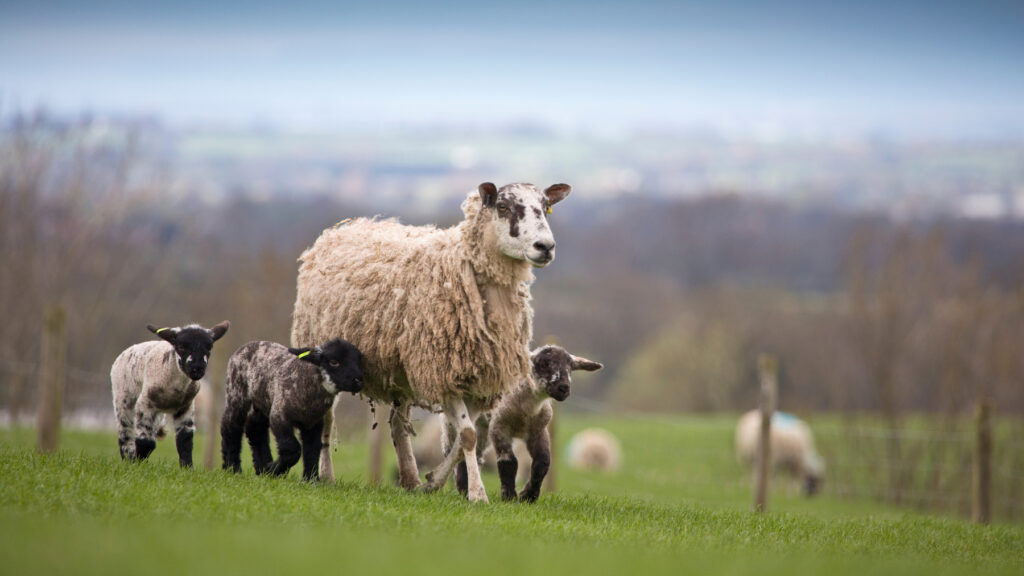Lambs and cattle suffering high worm burdens this season
2nd November 2023
Mild weather at the start of autumn prolonged the parasite breeding season, warned Ben Strugnell of Farm Post Mortem.

Cattle and sheep farmers are being warned to be vigilant for increased parasite burdens.
Due to the increased number of parasites in the environment, lambs are continuing to suffer from high worm burdens, which can have knock-on performance impacts – slowing down their finishing times, said Ben Strugnell during Elanco’s ‘Parasite’ update video.
“It’s crucial to monitor lambs closely, looking for signs of poor performance. If you can, weigh them frequently and faecal egg count (FEC) test, to confirm any suspected worm burdens within a flock,” he said.
Never ignore a husky cough
Mr Strugnell explained that he has recently seen increased numbers of cattle come into his clinic with heavy worm burdens.
“I’ve performed several post-mortems on calves who’ve died after losing condition suddenly,” he said.
“Although the cause of death was originally thought to be liver fluke, it was revealed that these calves had bad cases of parasitic abomasitis (inflammation caused by worms) or lungworm.”
While lungworm is uncommon in sheep, it is more prevalent in cattle, though generally only occurring every few years.
Mr Strugnell said: “I’d caution all farmers not to forget about lungworm in cattle, and never ignore stock with a ‘husky’ sounding cough, as this is a key symptom.
“In terms of testing for lungworm, although both methods aren’t 100% reliable, you can send faecal samples away to check for larvae, and blood samples to check for antibodies after infection.”
Harder to monitor
He explained worms are harder to monitor in cattle than in sheep, as the egg numbers present in FECs are not as high – but in general, anything over 200 eggs per gram means it is worth worming.
“Again, in cattle, anthelmintic resistance isn’t as common as it is in sheep, but it’s still important to follow best practice by worming to weight and conducting a second FEC two weeks after drenching, to check wormer efficacy.”
Mr Strugnell will continue to provide regular update videos on current disease and parasite threats on the updated Elanco Parasight webpage.
Visit the page and sign up to receive Parasight updates directly to your inbox: https://bit.ly/3s38gX0.
